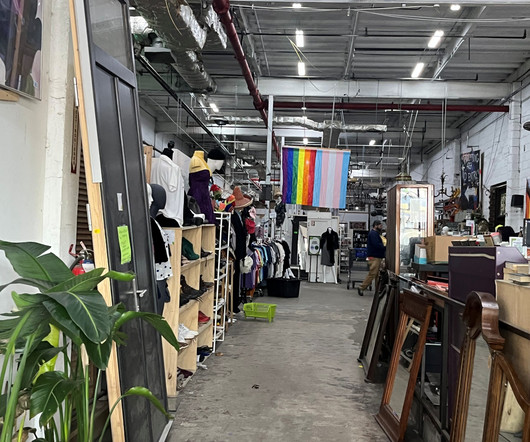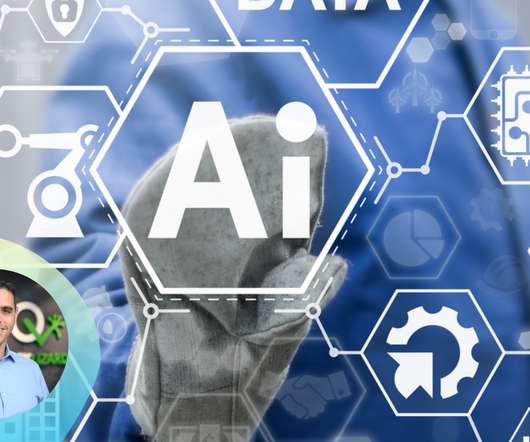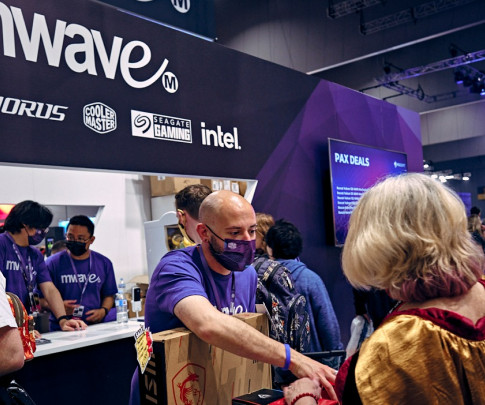How AI is Revolutionising the Retail Sector
Retail Focus
FEBRUARY 4, 2025
The retail sector has undergone massive changes in recent years thanks to advancements in artificial intelligence (AI) and automation. Retailers are using AI in various ways to improve customer experiences, streamline operations, and gain valuable insights from data.















Let's personalize your content